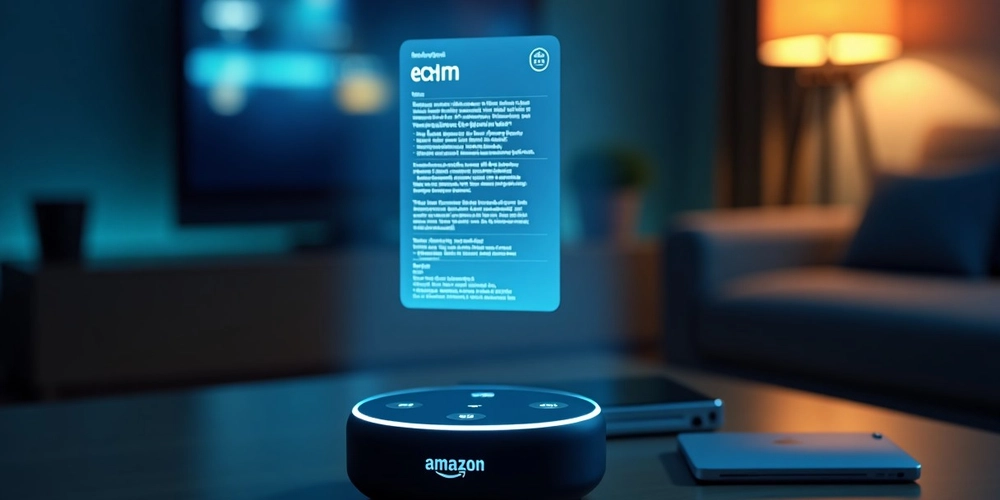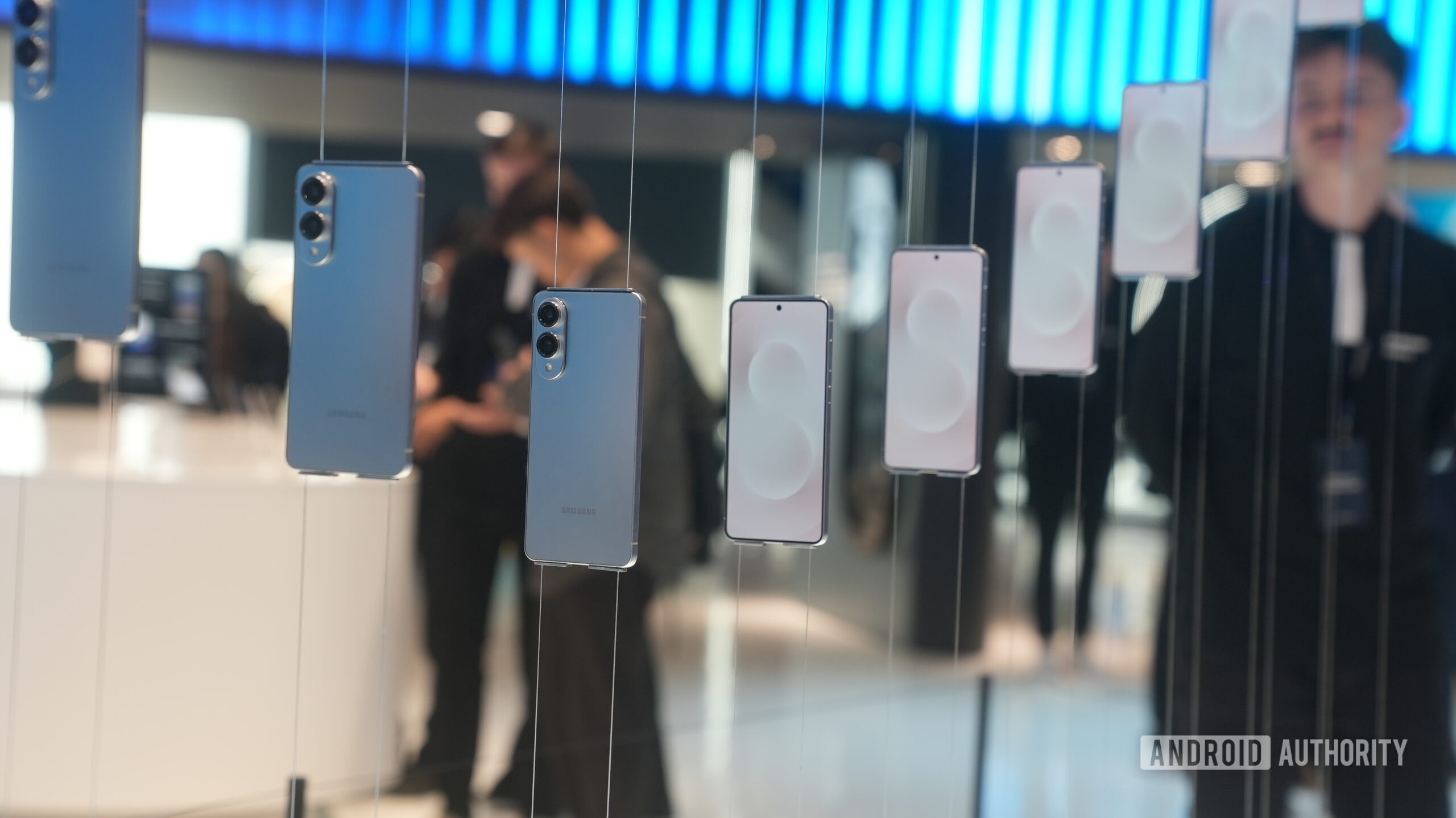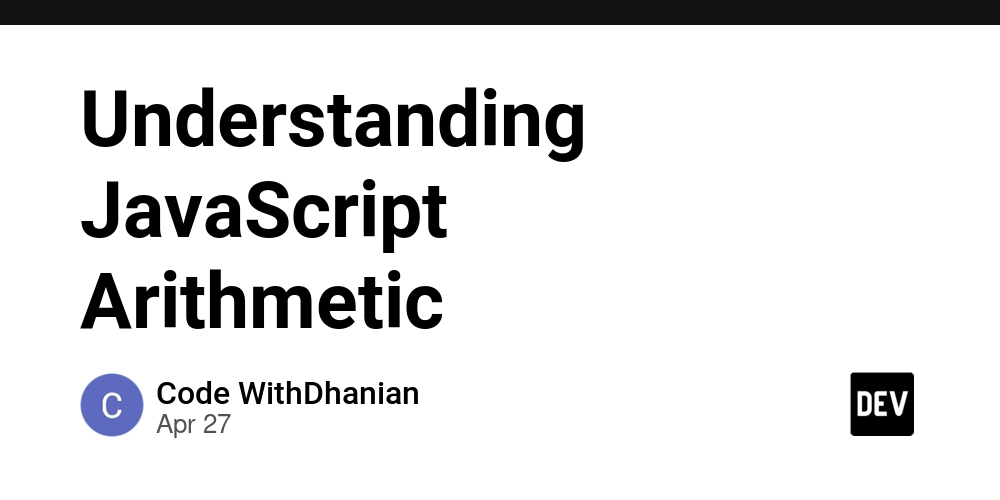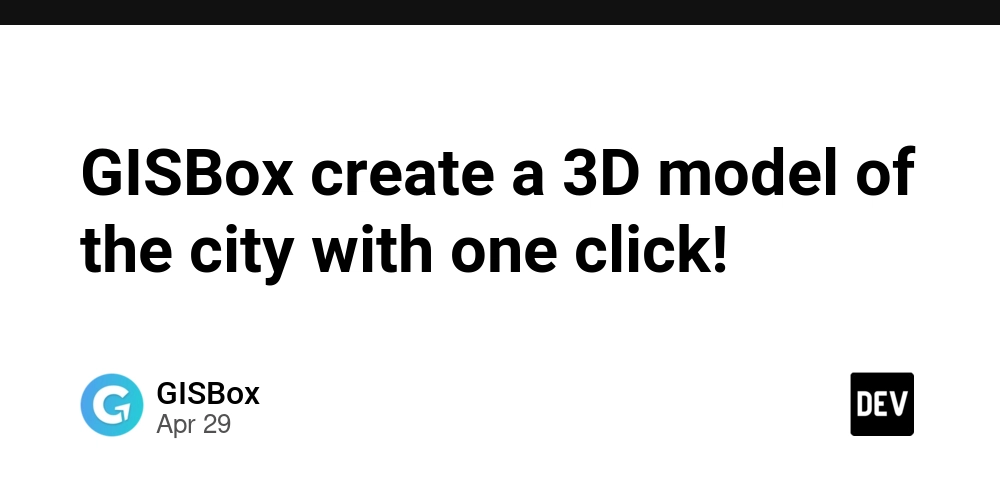How to Capture MP3 Playback Time in PHP and JavaScript
Introduction Incorporating an MP3 audio player into a PHP script is a great way to enhance user experience on your website. Capturing playback time is particularly useful for tracking how long users engage with audio content. This article will guide you through the process of capturing the current playback value from an audio player implemented with HTML and integrating it into your PHP backend. Understanding the Issue You may be using an audio player in your PHP application and want to log how long the audio has been played by the user. This task usually involves a communication between the frontend (JavaScript) and the backend (PHP). Implementing the MP3 Audio Player Let’s look at a sample code that includes an MP3 audio player embedded within a PHP script. Below is a basic structure that incorporates the audio player: This code snippet captures the playback time from the POST request and appends it to a text file, allowing you to log user interaction with the audio file effectively. Conclusion Capturing playback values from an audio file in a PHP application entails the symbiotic operation of JavaScript and PHP. By making use of the audio player's APIs and the power of PHP in handling backend processes, you can log user interactions efficiently. Frequently Asked Questions Q1: Do I need any special libraries to implement this? A: No, the functionality can be achieved with plain JavaScript and PHP. Q2: How can I test if the capture works? A: You can check console logs or view the text file generated to confirm that playback time is being logged as expected. Q3: Can I capture additional details along with time? A: Yes, you can capture other audio events and send more data via the form submission. Modify the JavaScript and PHP accordingly to handle additional fields.

Introduction
Incorporating an MP3 audio player into a PHP script is a great way to enhance user experience on your website. Capturing playback time is particularly useful for tracking how long users engage with audio content. This article will guide you through the process of capturing the current playback value from an audio player implemented with HTML and integrating it into your PHP backend.
Understanding the Issue
You may be using an audio player in your PHP application and want to log how long the audio has been played by the user. This task usually involves a communication between the frontend (JavaScript) and the backend (PHP).
Implementing the MP3 Audio Player
Let’s look at a sample code that includes an MP3 audio player embedded within a PHP script. Below is a basic structure that incorporates the audio player:
In this snippet, we simply output a source link to the audio file using PHP. Now, let’s enhance the functionality by adding JavaScript to capture the playback time.
Capturing Playback Time with JavaScript
To store the current playback position of the audio file, we can use JavaScript to access the audio player's currentTime property. Here's how you can extend the code:
In the above code, we create a function that logs the playback time. It updates every second, storing the value in a hidden input field.
Submitting the Playback Time to PHP
After capturing the playback time, you would want to submit this data along with your other variables when a form is submitted. Here’s an example form submission within the PHP:
In your PHP script (e.g., your_php_script.php), you can access the playback time like this:
This code snippet captures the playback time from the POST request and appends it to a text file, allowing you to log user interaction with the audio file effectively.
Conclusion
Capturing playback values from an audio file in a PHP application entails the symbiotic operation of JavaScript and PHP. By making use of the audio player's APIs and the power of PHP in handling backend processes, you can log user interactions efficiently.
Frequently Asked Questions
Q1: Do I need any special libraries to implement this?
A: No, the functionality can be achieved with plain JavaScript and PHP.
Q2: How can I test if the capture works?
A: You can check console logs or view the text file generated to confirm that playback time is being logged as expected.
Q3: Can I capture additional details along with time?
A: Yes, you can capture other audio events and send more data via the form submission. Modify the JavaScript and PHP accordingly to handle additional fields.









































































































































































![[The AI Show Episode 146]: Rise of “AI-First” Companies, AI Job Disruption, GPT-4o Update Gets Rolled Back, How Big Consulting Firms Use AI, and Meta AI App](https://www.marketingaiinstitute.com/hubfs/ep%20146%20cover.png)

























































































































![[DEALS] The Premium Python Programming PCEP Certification Prep Bundle (67% off) & Other Deals Up To 98% Off – Offers End Soon!](https://www.javacodegeeks.com/wp-content/uploads/2012/12/jcg-logo.jpg)















































































































































_Aleksey_Funtap_Alamy.jpg?width=1280&auto=webp&quality=80&disable=upscale#)
_Sergey_Tarasov_Alamy.jpg?width=1280&auto=webp&quality=80&disable=upscale#)















































































































![Apple Developing New Chips for Smart Glasses, Macs, AI Servers [Report]](https://www.iclarified.com/images/news/97269/97269/97269-640.jpg)
![Apple Shares New Mother's Day Ad: 'A Gift for Mom' [Video]](https://www.iclarified.com/images/news/97267/97267/97267-640.jpg)
![Apple Shares Official Trailer for 'Stick' Starring Owen Wilson [Video]](https://www.iclarified.com/images/news/97264/97264/97264-640.jpg)



































































































